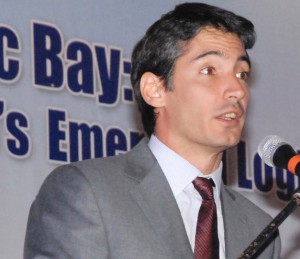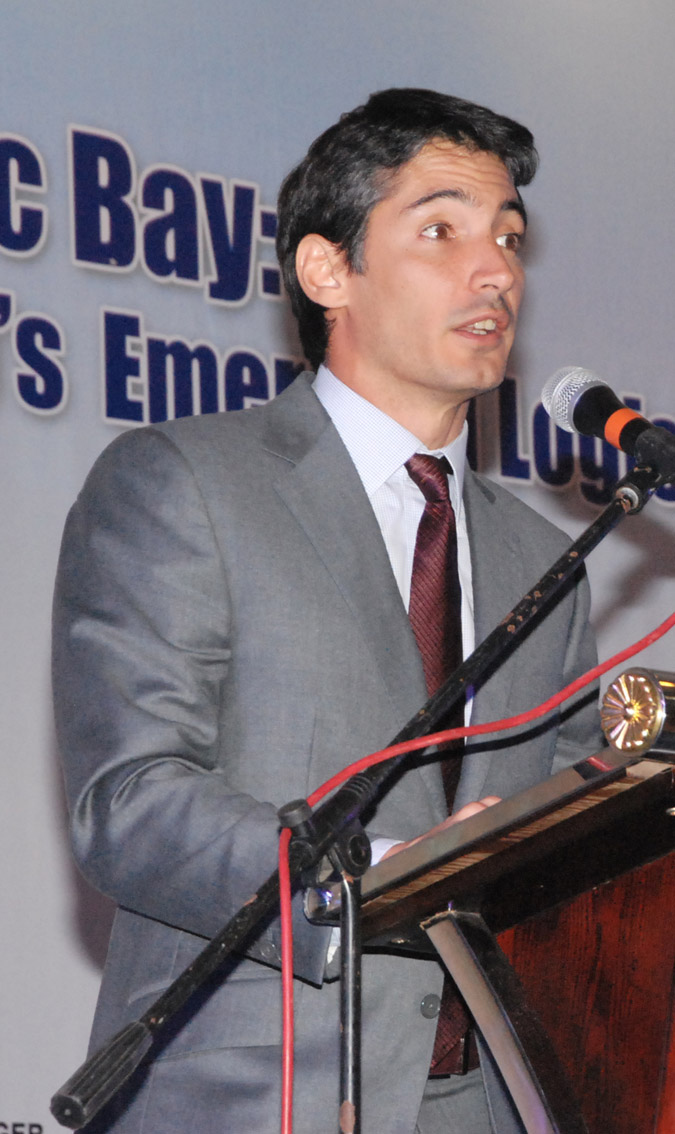 International Container Terminal Services, Inc (ICTSI) continues to have a positive outlook on its Subic terminals despite their low capacity utilization.
International Container Terminal Services, Inc (ICTSI) continues to have a positive outlook on its Subic terminals despite their low capacity utilization.
“We firmly believe we have the right strategy in place to develop Subic into our next great gateway port. A gateway terminal is not a spillover terminal. We intend to replicate the success of what we did in Manila. NCT (New Container Terminals) 1 and 2 were primarily constructed to serve northern Philippine trade and not just to serve as a diversionary port,” ICTSI Asia Region acting chief Christian Gonzalez said at the recent Subic Bay Maritime Conference and Exhibit.
Subic Bay is about 110 kilometers north of the Philippine capital Manila.
ICTSI subsidiary Subic Bay International Terminal Corp operates Subic’s New Container Terminal 1 (NCT 1). Another affiliate ICTSI Subic Inc will operate NCT 2, which is opening within the year.
Not a few would contest Gonzalez’s statement on the Subic terminals not being diversionary ports. There are proposals from several sectors to cap capacity and volume expansion at Manila ports to “divert” volume to alternative ports such as Subic and Batangas.
During the conference’s question-and-answer portion, Gonzalez admitted operating NCT1 has not been “without challenges”.
Much of this challenge lies in the fact that terminal is currently underutilized, with less than 10% of its 300,000 twenty-equivalent unit annual capacity in use.
Gonzalez said the ICTSI group is looking at connecting Subic to Japan as well as Singapore, Europe and the Middle East.
“We encourage the Subic community, especially the importers, exporters, consignees and shippers, to nominate NCT 1 and 2 as your port of call,” he said.
“We reiterate our commitment to the development of the maritime trade at the Subic Bay Freeport. ICTSI is in Subic for the long haul,” Gonzalez added.
ICTSI’s marketing campaign for NCT 1 and 2 lies in working with shipping lines on frequency and variety of service routes and matching service providers with the region’s container and cargo generators.
NCT-1 features a 14-hectare terminal with a 280-meter berth and a controlling depth of 13 meters. As of December 31, 2011, SBITC had two post-panamax cranes, three reach stackers, five forklifts, nine prime movers, four manual spreaders and 15 chassis.
Shipping lines calling NCT 1 are APL and Wan Hai. Tasman Orient has a service that calls every 20 days.
NCT-2 has a 14-hectare terminal that includes a 280-meter berth with 13-meter depth and two quay cranes. NCT-2 has an annual throughput capacity of 300,000 TEUs.
NCT-2, together with the adjacent NCT-1, is a primary component of the $215-million Subic port modernization program funded by the Japan Bank for International Cooperation.





